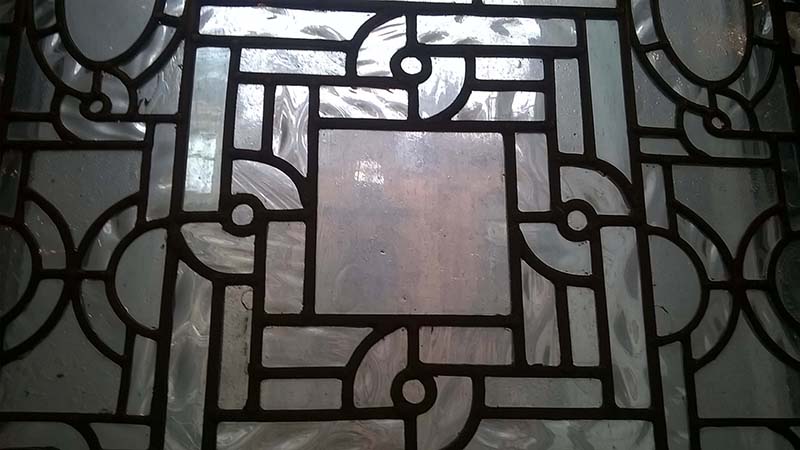
A team from Heriot-Watt University has warned that listed buildings in Scotland are at risk of losing their ‘character’ and ‘aesthetic’ because of the ease in gaining planning permission to replace historic window glass.
Owners of listed buildings must apply to their local authority’s planning department for permission to remove windows, or other historic features of the building such as original fireplaces or slate roofs.
Dr Craig Kennedy, of Heriot-Watt University’s institute for sustainable building design said, “The importance of retaining original windows cannot be overstated. They contain a wealth of information on historic practices and manufacturing techniques.
“Nowadays we are used to the glass in windows being perfectly clear. Older windows often contain tiny bubbles, known as seeds, or curved striations that came from the crown glass method of glass-making.
“These slight imperfections mean that older windows can have a slight shimmering effect that is not present in new glass.”
Dr Kennedy said that despite such importance in the heritage of the building, the approval rates between the removal of windows in listed and non-listed buildings is largely the same at around 80% for both.
He added, “What struck us was the increase in approvals from 2010 to 2015. The number of applications related to windows in listed buildings almost doubled, as did the number of approvals. The approval rate rose to almost 90%.
“We interviewed officers in planning departments across Scotland, and some in England. The story was the same everywhere – since 2010 conservation officers have left the organisation and haven’t been replaced, planning departments are under-resourced and under pressure. The result is a culture of consent.”
Heriot-Watt University said that each local authority recorded window-related applications differently. In response to this, the university has created its own software to conduct the survey – in the hope that heritage professionals across the UK will use it to examine decisions affecting listed buildings, to help determine the scale of historic feature loss.
“The replacement of historic windows must be seen as a last resort instead of a first choice. This is essential to protect the diminishing number of historic windows in the UK and internationally.
“Our research shows that the efforts of heritage agencies to promote repair and upgrading of historic windows may have been ineffective. They should refocus efforts to ensure that this message reaches the local planners who are in charge of our architectural heritage. We’re concerned that, at the local level, nobody is advocating for historic buildings.” He said.











